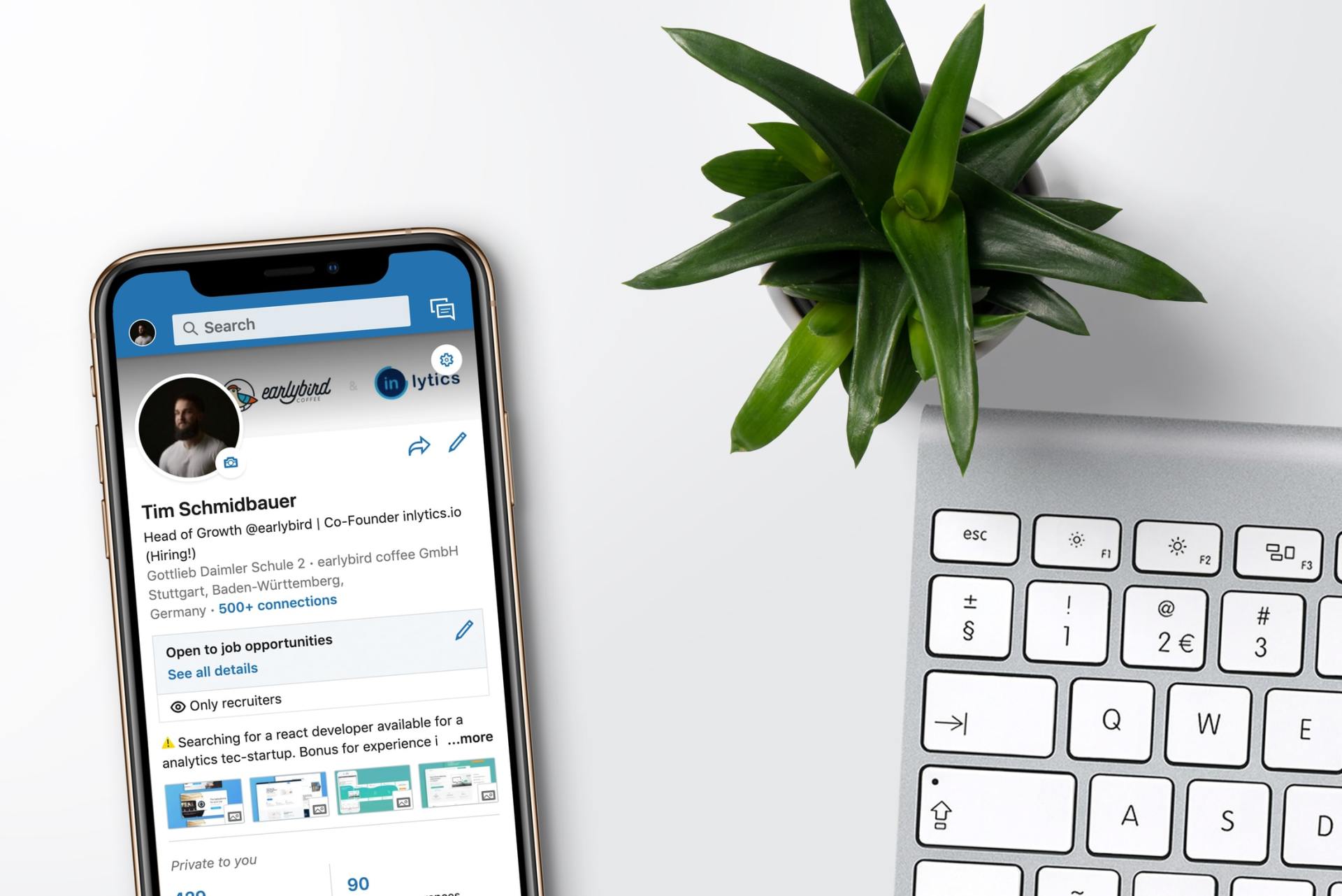Why you need to use LinkedIn for digital marketing
If you work mainly in the business-to-business (B2B) sector, rather than business-to-consumer, LinkedIn is a valuable addition to your digital marketing strategy, which you should definitely be using to promote your business.
LinkedIn launched in 2003, but even in 2020, there is still no better place to connect with and do business with other companies.
Linkedin has 722 million members (27.11.2020) and 50 million companies in 200 countries and regions worldwide (Linkedin):
- 191M+ in North America
- 163M+ in Europe
- 196M+ in Asia Pacific
- 107M+ in Latin America
- 63M+ in Middle East and Africa
Unlike Facebook, Twitter and Instagram, LinkedIn is a professional platform designed to help you establish and build business relationships. It offers a place to promote yourself and your company, find relevant business groups and meet new people, who could become future clients or contacts.
To build your customer base and increase sales of your products and services, you need to bring more traffic to your business website. LinkedIn is a great tool to make that happen, by engaging a community of professionals you would want to do business with.

LinkedIn Pages
What to post…
There’s no rules about what you should post on LinkedIn, but it stands to reason that it should be relevant to your business and the products or services you offer. On the other hand, blatantly pushing your business and hard-selling your products is frowned upon.
Keep your voice consistent to build trust with your audience, so they will get to know and understand your business and what it has to offer.
But just because your voice is consistent, it doesn’t mean you should add the same sort of post every time. Mix up your posts with links to relevant websites or news stories. Adding an image will make your post stand out better and will typically double the engagement you get. Video will do even better – it is five times more likely to start a conversation than any other type of content.
LinkedIn is about engagement and conversation. So ask questions of your followers to get them engaging with you and commenting on your posts. Make sure you respond to all of your followers’ comments and questions to build trust and help grow your following.
If you can, make your posts timely. Fit them in around the day’s news events, seasonal events like Christmas or Halloween or relevant awareness/ special days like World Mental Health Day, World Vegetarian Day, World Book Day or Black History Month. There are plenty of online sites which will let you know what is happening when, so you can always find a relevant date to tie in with.
How often to post?
For the best engagement, you should post daily to LinkedIn. But if you don’t think you can sustain that, it is better to post regularly, rather than post daily for three weeks, followed by nothing for three weeks. If you feel you can only sustain posting once or twice a week, that’s what you should aim for. Even posting just once a week will double your engagement compared to an organisation or individual who posts less often.
The same general rule applies to the sort of content you share too. While video is the most engaging form of post, it may also be the most expensive and time-consuming. So if you can’t post a video every day or every week, spread out your video content with other types of post.
Grow faster with LinkedIn ads
Whether you are just starting out, have launched a new product or are looking to grow your business, advertising on LinkedIn can help you reach the right professional audience.
LinkedIn advertising will reach a quality, professional audience of decision makers, budget holders and business owners. You can target your ads at exactly the right audience in terms of job title, company, industry, seniority and more. LinkedIn’s lookalike audiences function combines the requirements of your ideal customer with the platform’s extensive membership, to help you reach new professional audiences who are similar to your existing customers.
LinkedIn offers four types of advertising:
- Sponsored content – appears in the LinkedIn feed of the professionals you want to reach, includes single image ads, video ads and carousel ads (interactive swipeable images in a single ad)
- Message ads – allow you to send direct messages to your target audience for an immediate reaction and greater engagement
- Dynamic ads – ads are automatically personalised for individual members of your target audience to really capture their attention
- Text ads – simple pay-per-click (PPC) or cost-per-impression (CPM) adverts which are cost effective and easy to create
For each advertising campaign, you choose your own objective:
- Brand awareness
- Consideration – eg engagement, website visits, video views
- Conversion – eg lead generation, website conversions, job applications
With LinkedIn advertising, you bid against other advertisers aiming to reach the same audience. You can choose from PPC (better for sales or lead generation) or CPM (better for brand awareness) pricing or choose message ads and only pay when your message is delivered.
You set your own budget, bid and schedule, and can start and stop your ads at any time.
Use analytics
There’s no point posting regularly if it’s not reaching the right people. Keep track of your analytics daily by clicking on the analytics tab on your page. This will give you all the most important metrics you will need in the same place. You can review visitor traffic in a number of ways, including page views and unique visitors. You can also see clearly who is visiting the page based on a number of parameters, including industry, seniority and location.
Analytics will help you understand what sort of content works well, if any particular day of the week or time of day works better and where there are opportunities to improve. This will help you grow followers over time.
Whether you choose to pay to advertise on LinkedIn or to use it organically to build an audience, it is clear that LinkedIn is a great place to connect with other professionals and, from there, to build relationships. Many professionals will choose to check LinkedIn even before visiting a company website, so it is worth investing the time in building your presence on the platform, to make sure you company is one which others want to do business with.
More Posts.







